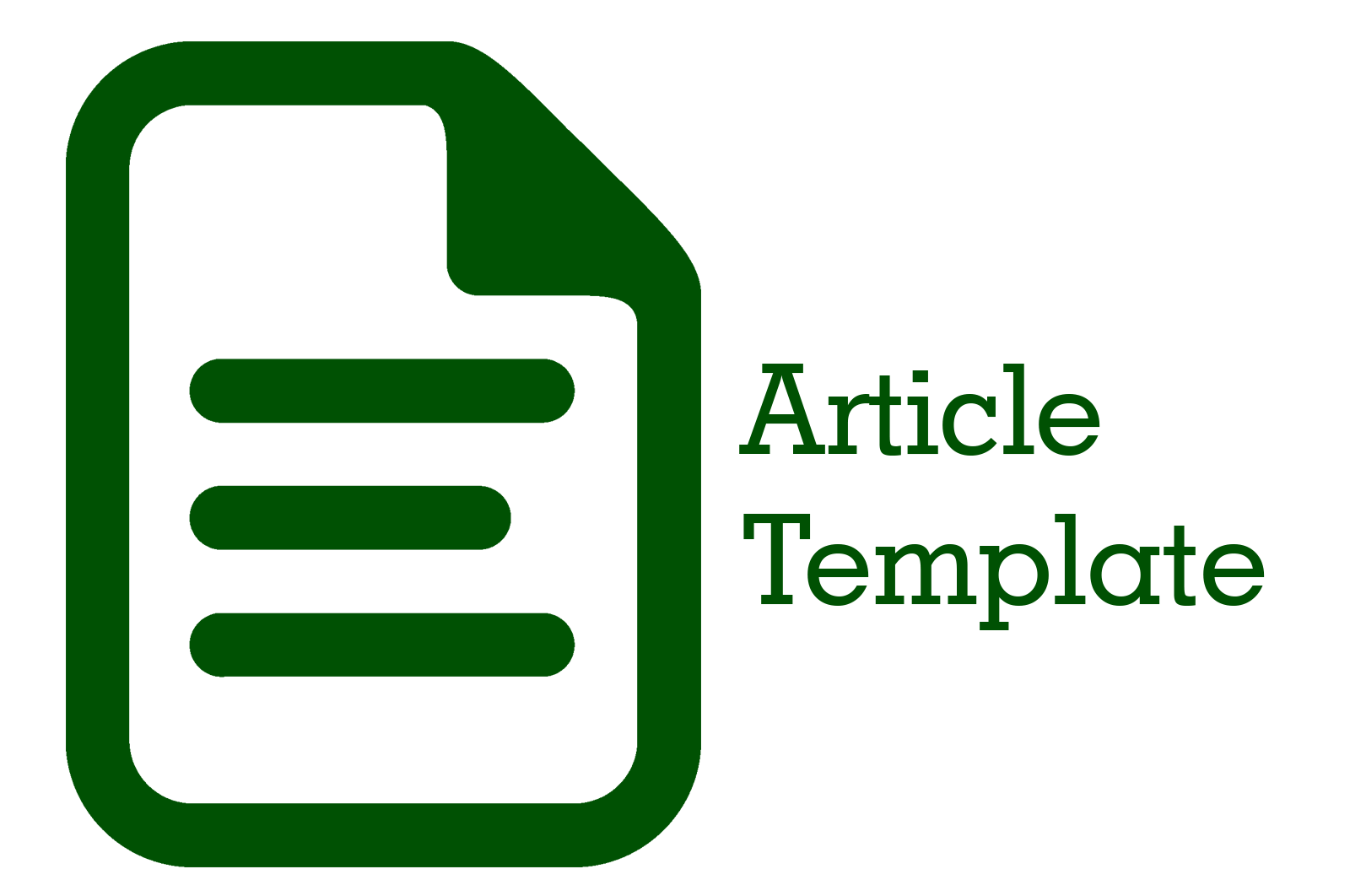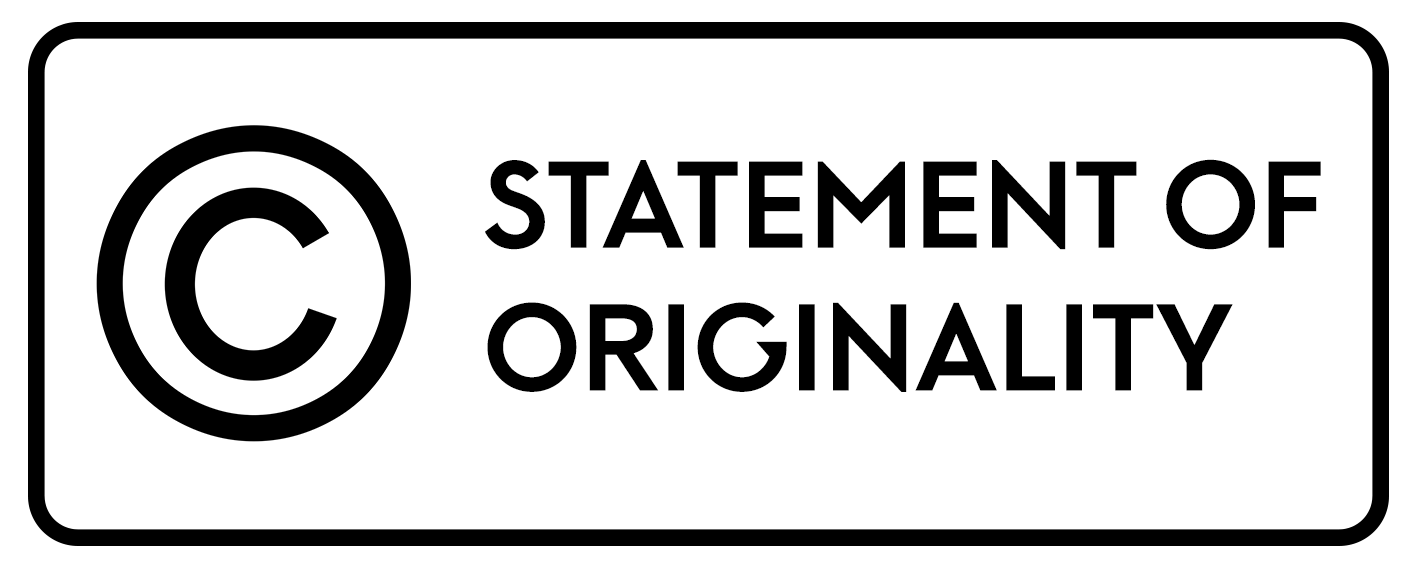Analisis Keanekaragaman Hayati di Kawasan Konservasi Gua Pawon Kecamatan Cipatat Bandung Barat Sebagai Informasi Pendidikan
 Abstract views: 932
,
Abstract views: 932
,
 PDF (Bahasa Indonesia) downloads: 1159
PDF (Bahasa Indonesia) downloads: 1159
Abstract
The Pawon Cave conservation area is a karst area that has a potential mining threat that can damage cultural heritage objects, catchments and springs, karst landscapes, flora and fauna. This study aims to examine the sustainability of the conservation of the Pawon Cave area from the aspect of biodiversity. The method used is a mixture of qualitative and quantitative. The results showed that from the aspect of biodiversity in the Pawon Cave conservation area, there are several springs that are quite good in the rainy season and dry season, but there are still obstacles in the distribution of utilization for residents around the beneficiary area. Processing and minimization of soil erosion is well managed, including the terracing system. Plants and animals that live in the area are preserved in the absence of logging and hunting. As for several types of plants in the suspected area, there are teak (Tectona grandis), mahogany (Swietenia mahagoni), manglid (Manglieta glauca), acacia (Acacia auriculiformis) and several types of bamboo. The types of animal dominance found in the area are long-tailed monkeys and mouse deer as well as several reptiles Factors that influence the sustainability of the conservation of the Pawon Cave area are policy support from the government and having adequate human resources to manage the area. The implementation of the policy has shown that it is appropriate to support conservation efforts such as prevention of mining, preservation of springs, protection of plants and animals in the area.
Downloads
References
Aditya, R., Ramadhan, A., & ... (2022). Keanekaragaman Arthropoda di Gua Silamolo Desa Kaliburu Kecamatan Sindue Tombusabora dan Pemanfaatanya sebagai Media Pembelajaran. Journal of Biology Science …, 10(2), 63–69. https://jurnal.fkip.untad.ac.id/index.php/ejipbiol/article/view/3134%0Ahttps://jurnal.fkip.untad.ac.id/index.php/ejipbiol/article/download/3134/1742
Afrhian, S. A., Pharmawati, K., & Nurprabowo, A. (2020). Potensi Penerapan Konservasi Air Pada Gedung Dekanat Universitas X. Jurnal Sains Dan Teknologi Lingkungan, 12(2), 100–109.
Bahar, I., & Veriyani, A. N. (2021). keanekaragaman kupu-kupu superfamili papilionoidae (lepidoptera) di kawasan taman hutan raya lemo-lemo kelurahan tanah lemo. celebes biodiversitas : Jurnal Sains Dan Pendidikan Biologi, 4(2), 31. https://doi.org/10.51336/cb.v4i2.270
Fau, A. (2020). Studi Keanekaragaman Hayati sebagai Sarana Edukasi Ekowisata di Kawasan Air Terjun Baho Majo Desa Bawodara. Jurnal Education and Development, 8(1), 289–293.
Hamzah, A. H. P. (2022). Environment Law and Natural Sustainability resources : case of Pawon Cave Area Conservation Gunung Masigit Village , Cipatat District , West Bandung Master Program in Environmental Studies , Faculty of Science and Technology , Pena Justisia : 21(2), 223–242.
Hamzah, A. H. P., & Soesanta, P. E. (2023). Population Growth and Environmental Damage Issues ( A Review of Environmental Damage on Land Conversion Perspective in North Jakarta ). 8(2), 482–491.
Handayani, T., Alpendi, A., & Indriani, S. (2022). Potensi Sumber Belajar Biologi Keanekaragaman Jenis Vegetasi Strata Semak Di Kawasan Goa Kebon Kabupaten Kulon Progo. BIOEDUKASI (Jurnal Pendidikan Biologi), 13(2), 208. https://doi.org/10.24127/bioedukasi.v13i2.6349
Kamaliyah, Y. cahya, & Syahbudin. (2020). Morfometrik Hipposideros Larvatusdi Goa Liang Bangkai Desa DukuhrejoKecamatan Mantewe Kabupaten Tanah Bumbu. Jurnal Pendidikan Hayati, 6(1), 32–36.
Marhento, G., & Alamsyah, M. (2020). Tingkat Keanekaragaman Hewan Troblobionts pada Ekosistem Gua di Tajur Bogor Jawa Barat. Bioeksperimen: Jurnal Penelitian Biologi, 6(1), 24–28. https://doi.org/10.23917/bioeksperimen.v6i1.10429
Nugroho, E. D., Rahayu, D. A., Ainiyah, R., Fathurrohman, A., Ahwan, Z., Dayat, M., Wibisono, M., Aji, F. R., Kasiman, K., & Anam, K. (2021). Keanekaragaman Serangga Diurnal Dan Nocturnal Pada Hutan Taman Kehati Sapen Nusantara Di Kabupaten Pasuruan. Borneo Journal of Biology Education (BJBE), 3(2), 79–89. https://doi.org/10.35334/bjbe.v3i2.2124
Saiful, M., Febrina, H. S., Fauzan, M., Maisa, D. R. V., Maolani, A., Suryanda, A., & Dewahrani, Y. R. (2021). Studi Literatur Perbandingan Keanekaragaman Kelelawar di Pulau Kalimantan dan Jawa. BIO-EDU: Jurnal Pendidikan Biologi, 6(3), 185–197. https://doi.org/10.32938/jbe.v6i3.1338
Setiawan, A., Supriono, B., & Iskandar, S. (2018). Identifikasi keanekaragaman jenis fauna di gua garunggang ( Diversity Identification of Fauna Species in Garunggang Cave ) Indonesia memiliki keindahan bentang alam yang luar biasa . Salah satu bentang alam dari Sumatera sampai Irian Jaya yaitu kaya keane. Jurnal Nusa Sylva, 18(2), 62–72.
Suwarso, E., Paulus, D. R., & Miftachurahma, W. (2019). Kajian Database Keanekargaman Hayati Kota Semarang. Jurnal Riptek, 13(1), 79–91.
Wulandari, A. S. R., & Ilyas, A. (2019). Pengelolaan Sumber Daya Air di Indonesia : Tata Pengurusan Air dalam Bingkai Otonomi Daerah. Jurnal Gema Keadilan, 6(3), 287–299.
Yuslinawari, Doris, & Wahyudiono, S. (2021). Identification of Flora Types And About The Determination In Biodiversity Park, Karangasem Village, Ponjong Sub District, Gunung Kidul District. Jopfe Journal, 1(1), 34–42.
Copyright (c) 2023 A. Hadian Pratama Hamzah, MH. Anang Hadiat, Nurhasanah

This work is licensed under a Creative Commons Attribution 4.0 International License.

Jurnal Simki Pedagogia : https://jiped.org/index.php/JSP/index is licensed under a Creative Commons Attribution 4.0 International License.
















